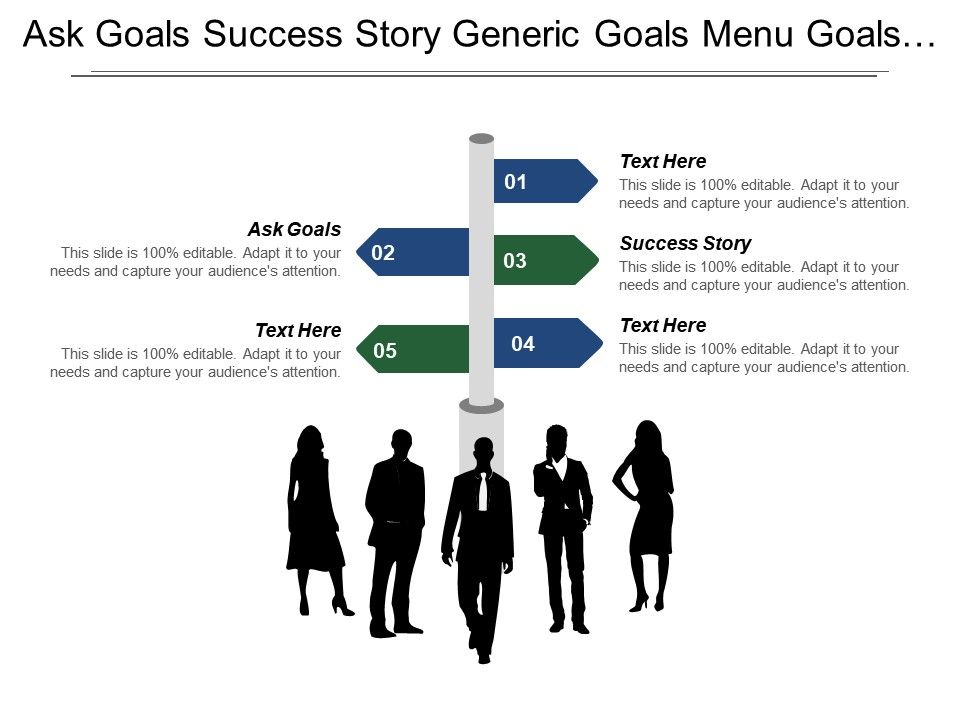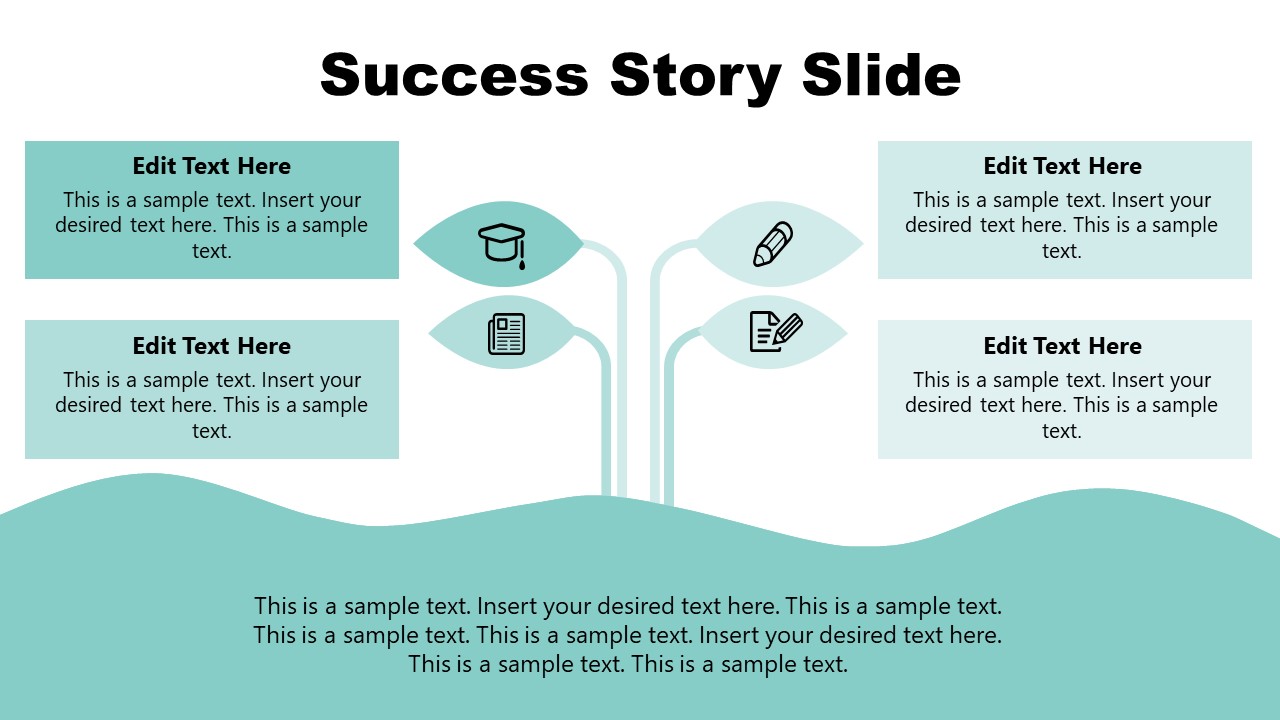
#SUCCESS STORY TEMPLATE PLUS#
Then, 9% will read that plus the section titles throughout. Ninety/nine/point nineīasically, 90% of people will read the title and some bullet points at the top (think your table of contents). I call this the ninety/nine/point nine style of writing (because what it loses in a rounding error it gains in sounding cool). Everything else is there for the Google algorithm and/or the truly interested minority. You put all the important stuff where the eye is drawn.

Skimmable content is basically an article, email, or anything else that can be mostly understood by simply reading the headlines, bullet points, image descriptions, and tables. If you are a content manager, you should definitely be training on this point! Skimmable content If you aren’t writing this way as a content writer today, now is a great opportunity to change these habits. This is where writing “skimmable” copy becomes important. Unfortunately, that’s just the tone you are looking for with something like a success story. The fact is that people don’t tend to read content online, and this is even more true when it has a “salsey” sound to it. How do you tell a success story if no one wants to read it? This is great, but it has to be done with the reader’s psychology in mind. Instead of choosing between the story you want to tell and that of your client, you reinforce your story with their kind words. Then, you use it to support the case study, which shows off how your product solves particular pain points.

So, how does this blending work? Essentially, you take all of the great information from a customer testimonial. This is why it isn’t always meaningful to differentiate among case study vs. Success stories have the best parts of both case studies and testimonials. Think of a success story as the happy marriage between a testimonial and a case study. Then, you find a client that fits the desired focus. Unlike a testimonial, a case study is usually created by your company. You are picking the challenge and solution intentionally to showcase the value your product brings. In addition, its focus tends to be on you and your product instead of the customer. What is a case study?Ī case study is usually more in depth than a testimonial. The focus is on how your product has integrated into their work processes to improve their lives. They just love your product so much that they want to share it with others.

#SUCCESS STORY TEMPLATE DRIVER#
Your client is the driver of its creation. I don’t care if you use them the same way, and other people shouldn’t either! What is a testimonial?Ī testimonial is a document that comes from a client. copy, you’ll know my general philosophy on words that have almost the same meaning. However, if you’ve read my article on content vs.
#SUCCESS STORY TEMPLATE FREE#
It is worth going through them so you can better apply my free testimonial template. However, they don’t quite have the same meaning. Testimonial, case study, and success story, along with a half dozen other phrases, are often used interchangeably.


 0 kommentar(er)
0 kommentar(er)
